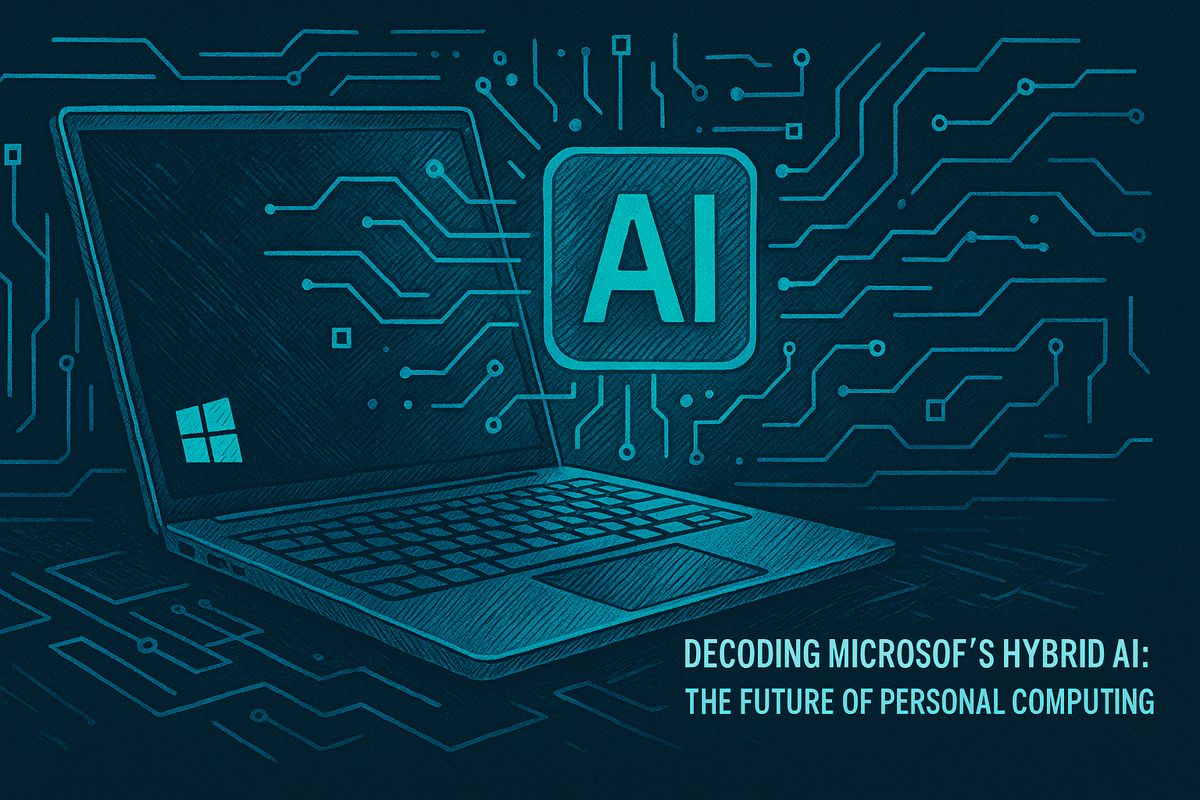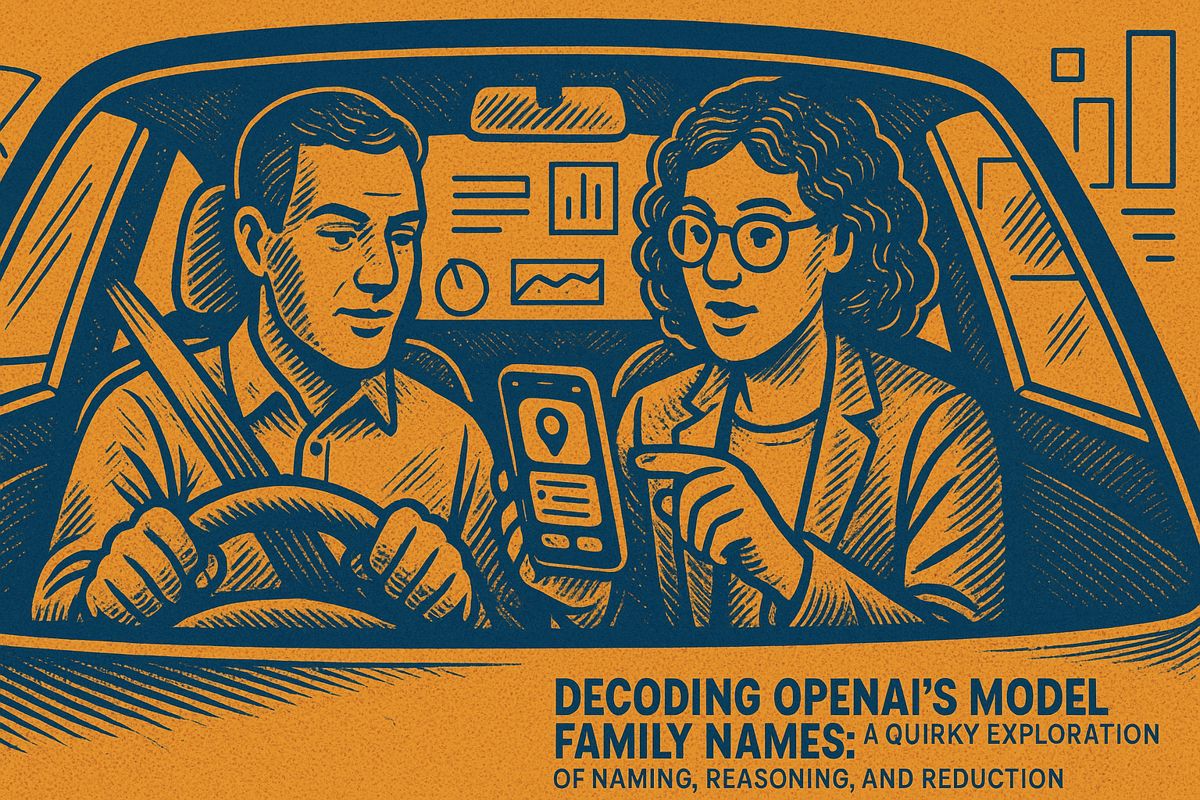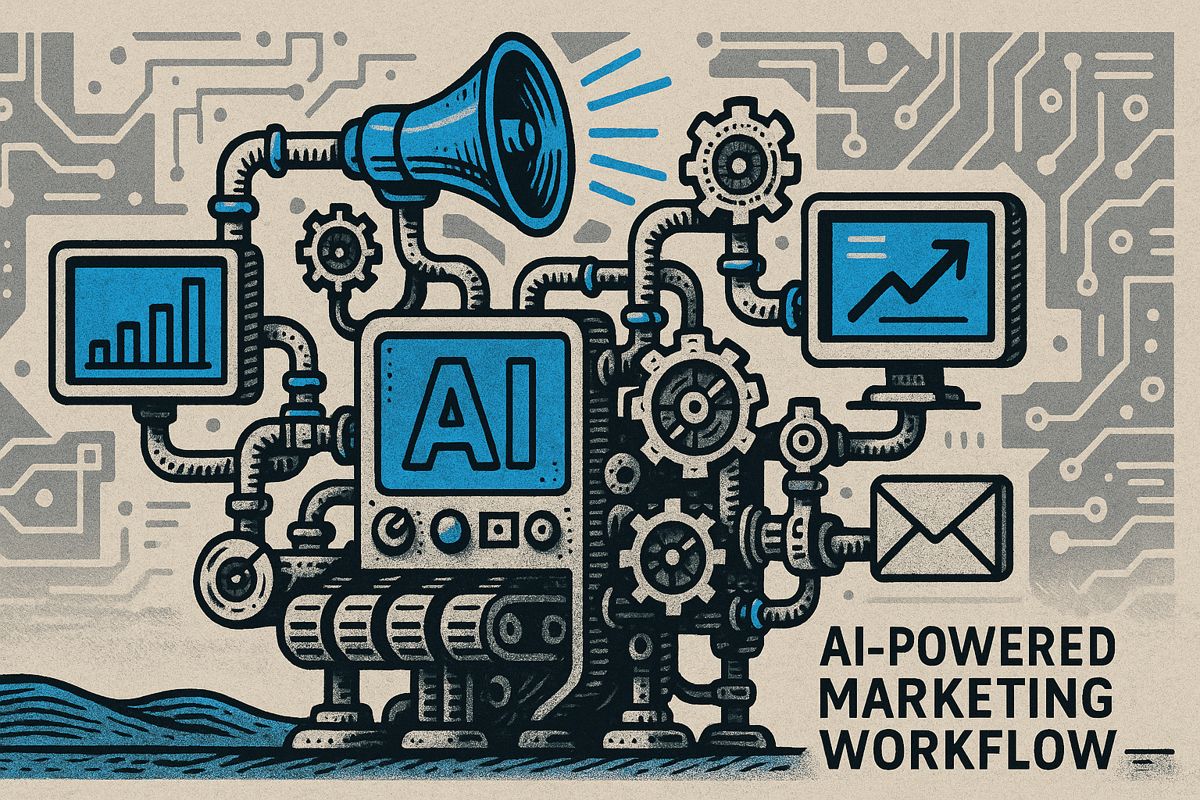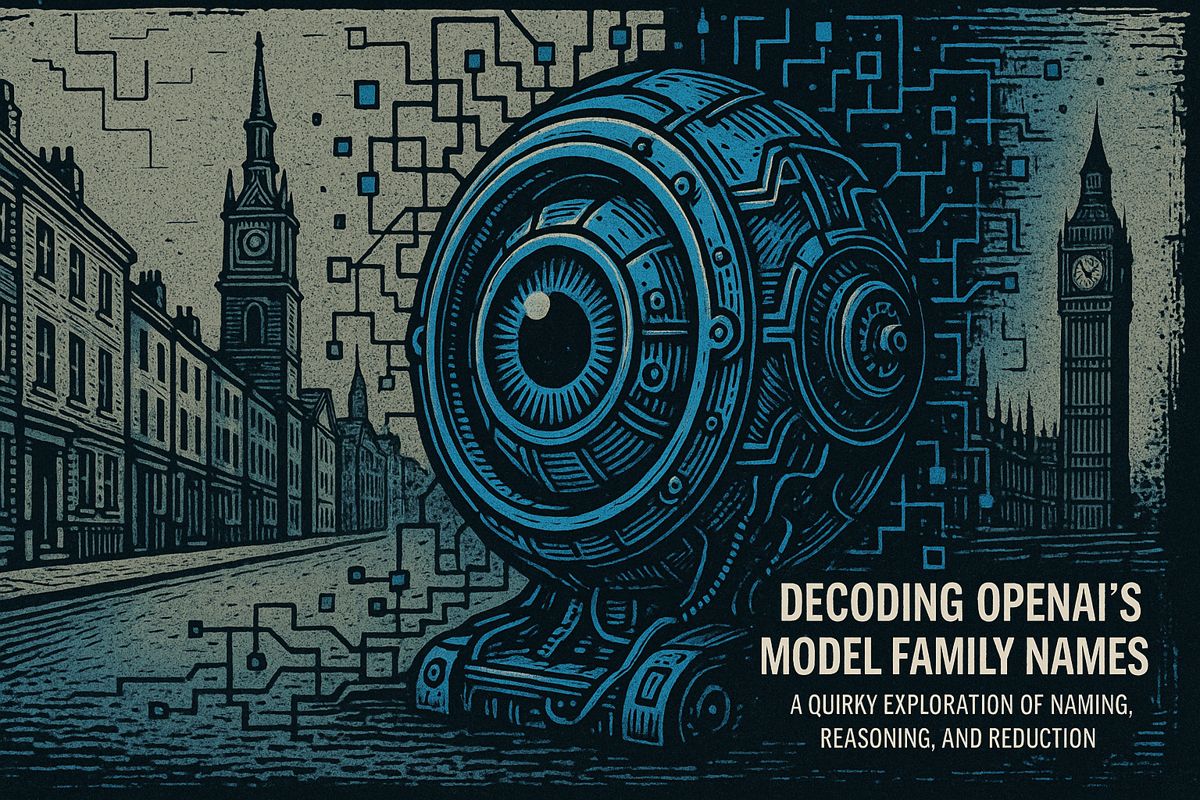Here’s the text with the most important phrase in bold markdown:
Windows Hybrid AI transforms computing by enabling PCs to run advanced AI tasks locally with enhanced privacy and performance. By integrating specialized neural processing units (NPUs), Microsoft is creating a new computing paradigm where AI capabilities are built directly into hardware. The approach allows intelligent task routing between local silicon and cloud, with minimum performance requirements of 40 TOPS for Copilot+ PCs. Developers now have more flexibility to deploy AI models across different hardware platforms, and users can enjoy more efficient, privacy-focused AI experiences. This technology represents a significant shift in how computers process information, making AI more accessible, powerful, and integrated into everyday computing.
What is Windows Hybrid AI and Why Does It Matter?
Windows Hybrid AI represents a transformative approach to computing, enabling PCs to run advanced AI tasks locally with enhanced privacy, performance, and efficiency. By integrating specialized neural processing units (NPUs) and intelligent task routing, Microsoft is creating a new computing paradigm where AI capabilities are built directly into the hardware.
From Clunky CPUs to Neural Networks
Just last night, I stumbled upon an old spiral-bound notebook from my rookie IT days – the sort you’d find wedged under a dusty CRT monitor, crammed with Windows XP error codes and half-sketched network diagrams. Back then, the biggest thrill was a new Start menu animation, maybe a slightly faster boot time if I got lucky. Now, thinking about Microsoft’s hybrid AI vision for Windows, I feel like I’ve tumbled into another universe. It isn’t simply a matter of new icons or a shinier user interface; it’s a fundamental retooling of how intelligence, privacy, and hardware interlace in the fabric of computing.
Sometimes nostalgia wraps around me like a weighted blanket. I remember grinding my teeth when my battered laptop would freeze up, every CPU spike feeling like a punch in the gut. Privacy was barely an afterthought—just a checkbox, really—and “AI” was synonymous with clumsy spellcheckers that mangled my acronyms. These days, neural networks have woven themselves into my daily workflow, and the very idea of running a 14-billion-parameter language model on my own PC seems almost magical. Is it just about speed? No, it’s a sea change—a tidal shift in both technology and mindset.
But let’s ask the obvious: What’s actually changing here? Why does this hybrid AI strategy matter beyond the marketing buzz? The answer comes alive in the details.
The Hybrid AI Breakdown: Silicon, Numbers, and Real Impacts
Microsoft’s hybrid AI push isn’t smoke and mirrors—it’s rooted in real, crunchy numbers. Copilot+ PCs are now required to deliver a minimum of 40 TOPS (trillion operations per second) NPU performance. That’s not just a flex for spec sheets; it’s the kind of technical gauntlet that separates true next-gen machines from the pretenders. Imagine it as a qualifying lap at Le Mans—for AI workloads, only the fastest make the cut.
The magic lies in how work gets divvied up: NPUs chew through neural network tasks, CPUs stick to scalar workloads, and GPUs tackle vectors like seasoned chess masters. Privacy and latency leap forward, since many AI features now run locally—no subscriptions, no tokens, no mandatory internet. If you’ve ever hesitated to upload sensitive notes to the Azure cloud, you’ll understand the relief of keeping things on-device. (There’s the faint smell of ozone when the fan kicks in—a tiny sensory memory.)
Microsoft’s new architecture is, frankly, a safety net. By routing tasks intelligently between local silicons and the cloud, Windows insulates itself against uncertainty. Maybe the future’s local. Maybe it’s cloud. Maybe it’s both. Either way, it’s ready. And with NPUs from AMD, Intel, and Qualcomm humming under the hood, you can bet the OEM roster reads like a roll call at Computex.
The Developer’s Playground: Taming the Stack
As I reflect, I can’t help but recall my own rookie mistake: once, I spent eight hours wrestling with driver incompatibility for a GPU-accelerated tool, only to discover my code ran faster on CPU. Painful. Now, thanks to Windows AI Foundry and the Windows ML runtime, developers can pick, tune, and deploy AI models across a cornucopia of hardware, from NVIDIA to Qualcomm, without descending into “Silicon Compatibility Hell.” If only I’d had that back in 2017—less gnashing of teeth, more actual building.
Windows is pivoting toward an “agentic” platform, where AI can autonomously execute complex workflows. (Raise your hand if you’ve ever fantasized about an AI that triages your inbox while you sip coffee.) Microsoft’s partnership with C3 AI and ongoing work with ISVs to optimize small language models like Phi illustrates the breadth of this vision.
Emotionally, I can’t deny a prickly combination of excitement and unease. Will my PC start making decisions without me? It’s thrilling, yes, but a little uncanny—like watching a chess program outmaneuver a grandmaster. Already, 28% of managers are ready to hire AI workforce managers, and 32% are looking for agent developers. The ground beneath us isn’t just shifting; it’s quaking.
The Grit and the Future: Everyday AI, Battery Life, and Beyond
Let’s get one thing straight: the hybrid model isn’t a gimmick. Features like Recall, which would have seemed dystopian a decade ago, now run smoothly in the background, thanks to the svelte efficiency of modern NPUs. I worried about battery drain at first (who didn’t?), but these chips chomp through AI tasks with barely a hiccup. It’s a bit uncanny, almost like my laptop’s grown a second brain that never sleeps.
There’s a tactile element, too—a faint warmth on the palm rest when the NPU is at work, as if the machine’s alive with possibilities. Microsoft’s move is not just technical but deeply human; by bringing intelligence closer to the user, they’re reshaping the intimacy between human and device. If I sound a bit starry-eyed, well, maybe I am. But I’ve seen enough fizzled hype cycles to know when something’s more than vaporware.
So, what’s left? Only everything. The edge is sharp, the future uncertain, and the possibilities are as wild as a thunderstorm over Redmond. As I close my old notebook, a little older, a tad wiser, and twice as caffeinated, I can’t help wondering—are PCs about to get smarter than their owners? Time will tell…



















